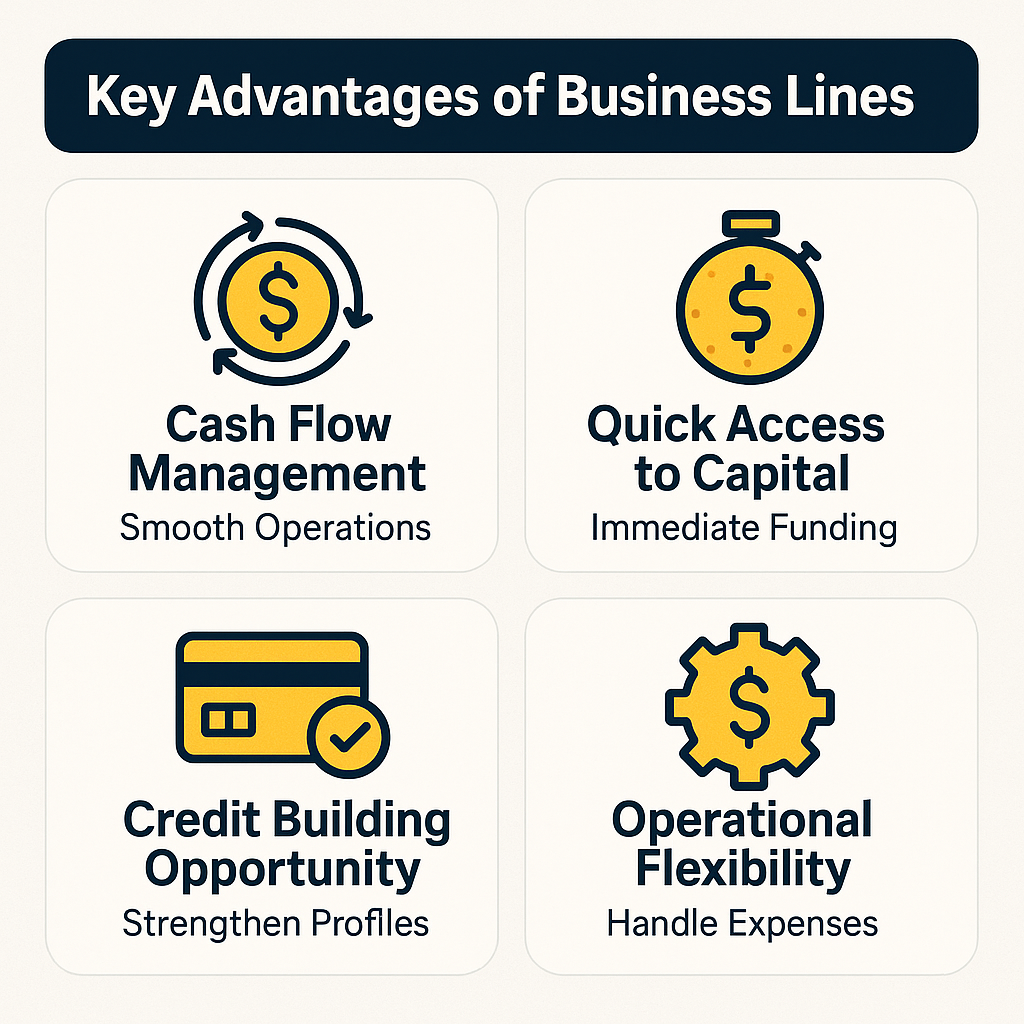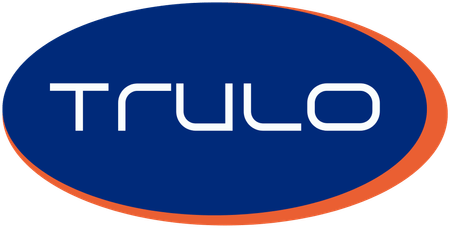Business lines of credit offer small business owners a powerful financial tool that combines flexibility with cost efficiency. Unlike traditional loans, this revolving credit solution allows you to access funds when needed and pay interest only on the amount you actually use.
Flexible Borrowing and Revolving Credit Access
The primary advantage of flexible borrowing through a business line of credit lies in its revolving nature. This structure allows business owners to draw funds up to their approved credit limit, repay the balance, and then access those funds again without reapplying. This continuous availability makes it an ideal solution for businesses with fluctuating cash flow needs or seasonal revenue patterns.
Unlike traditional term loans that provide a lump sum upfront, revolving credit adapts to your business cycle. You can withdraw smaller amounts during slow periods to cover operational expenses, then access larger sums when growth opportunities arise. This flexibility eliminates the need to predict exact funding requirements months in advance, giving business owners the agility to respond to market conditions and unexpected challenges.
Cost-Effective Interest Structure
One of the most compelling business line of credit benefits is the pay-only-for-used-capital model. Interest charges apply solely to the outstanding balance you've drawn, not the entire credit limit. This structure can result in significant cost savings compared to traditional loans where you pay interest on the full loan amount from day one.
Interest rates on business lines of credit are typically variable and tied to market benchmarks. While rates may fluctuate, the ability to pay down balances quickly and reduce interest charges gives business owners greater control over their borrowing costs. Many businesses use this feature strategically, accessing funds for short-term needs and repaying them quickly to minimize interest expenses.
Key Advantages for Business Operations
- Cash Flow Management: Bridge gaps between receivables and payables, ensuring smooth operations during slow periods without disrupting business activities.
- Quick Access to Capital: Approved credit lines provide immediate funding availability, often through online portals or checks, eliminating lengthy approval processes for each transaction.
- Credit Building Opportunity: Responsible use and timely repayments help establish and strengthen business credit profiles, improving future financing options and terms.
- Operational Flexibility: Handle unexpected expenses, inventory purchases, or growth opportunities without depleting cash reserves or missing critical business moments.

Secured vs Unsecured Options
- Secured Lines: Backed by business assets or personal guarantees, these typically offer higher credit limits and lower interest rates but carry collateral risk if repayment issues arise.
- Unsecured Lines: No collateral required, making them less risky for business assets, though they often come with lower credit limits and higher interest rates due to increased lender risk.
- Approval Considerations: Secured options may have more flexible approval criteria, while unsecured lines typically require stronger credit profiles and business financials for qualification.
- Strategic Choice: The decision between secured and unsecured depends on your risk tolerance, available collateral, and specific flexible funding requirements for your business model.
Business line of credit benefits make this financing option particularly valuable for companies seeking financial flexibility without the constraints of traditional loans. The combination of revolving access, interest-only-on-used-funds structure, and credit-building potential creates a versatile tool for managing both day-to-day operations and strategic growth initiatives.

.png)

.svg)





